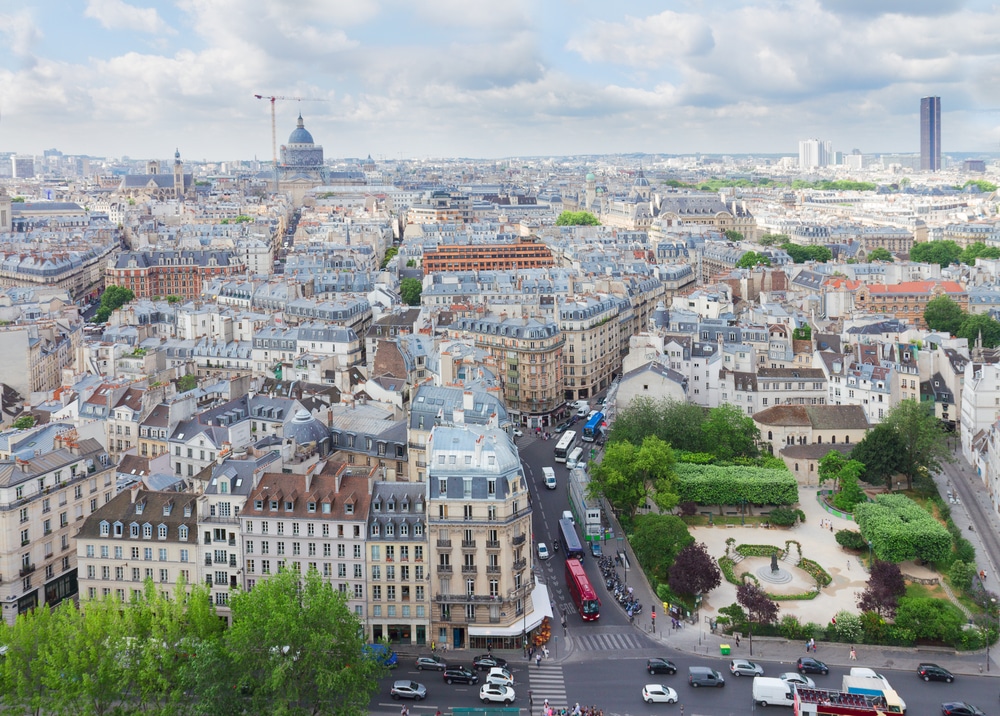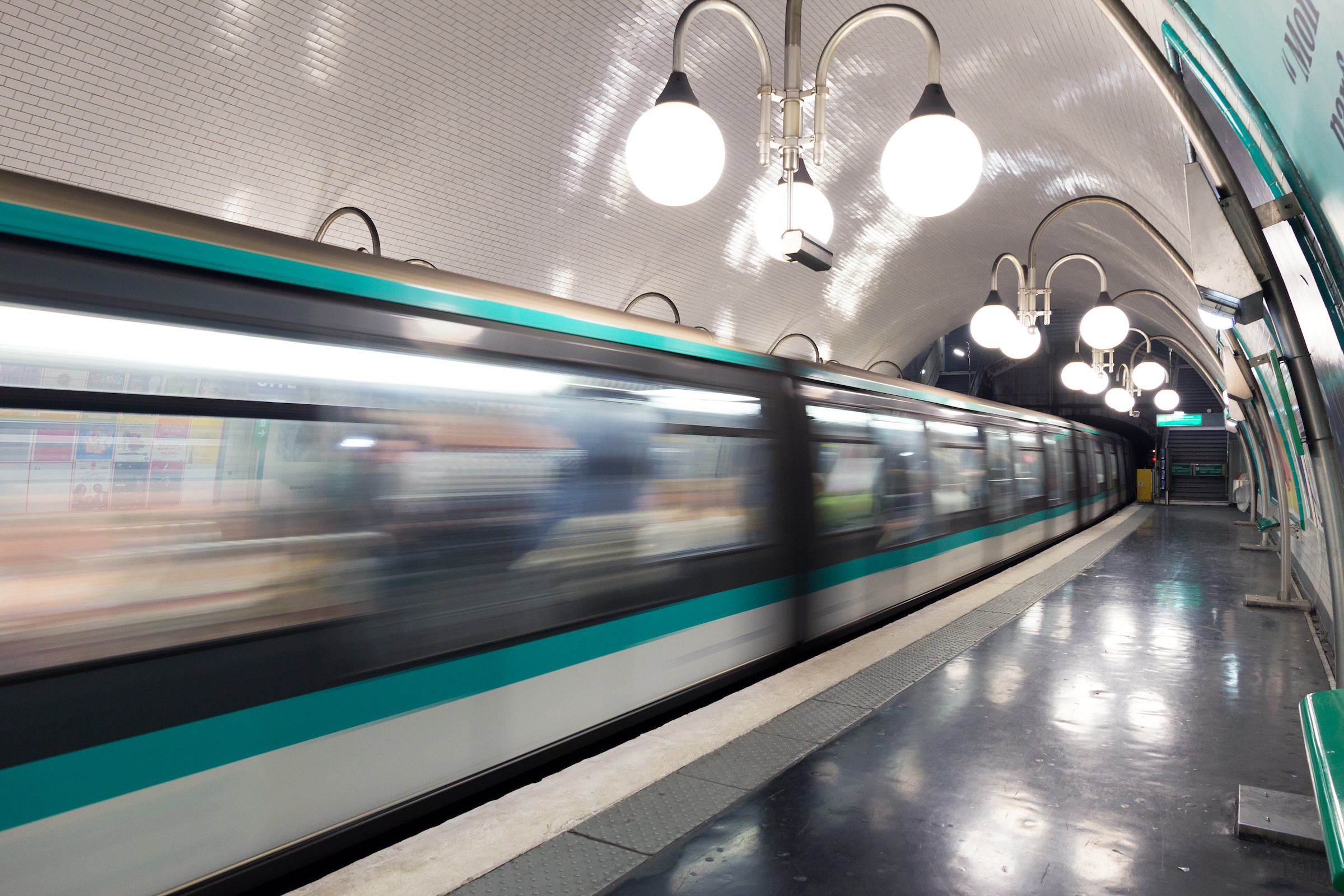Quartier Latin
The Latin Quarter is the traditional student district of the French capital. Most of the neighborhood is located in the 5th arrondissement of downtown Paris, an area just south of the Seine River. To the south, the Latin Quarter is bordered by the Montagne Sainte-Genevie, a small hill that rises to 61 meters.

Between the banks of the Seine to the north and the Montage Sainte-Genevie is the core area of the student quarter, which has spread mainly on the slopes of the small mountain. The Latin Quarter takes its name from the language of instruction used by the medieval universities. Indeed, the oldest university of the city, the Sorbonne, was already active here in the Middle Ages. At that time, all lectures were held in Latin, as it was considered as the language of the scholars. Today, in the Quartier Latin, there are beside the different buildings of the Sorbonne also two other universities as also two highly respected high schools.
Universite de la Sorbonne
The Sorbonne was officially founded in 1250, making it one of the oldest universities in the world. It originated from a Catholic school and is now considered the best university in France. For a long time, the Sorbonne was merged with other universities to form the University of Paris, but in 1970 the thirteen institutions were split up. Today, the Sorbonne is composed of Paris I Sorbonne-Pantheon, Paris III Sorbonne Nouvelle and Paris IV Paris-Sorbonne. All three institutes are located in the Latin Quarter and are responsible for different faculties. Paris I teaches economics, law, languages and humanities, Paris III focuses on drama and literature, and Paris IV teaches engineering and medicine.
Since the Middle Ages, the students of the university have made themselves known by taking an active part in the events of Paris. To guarantee the independence of the university, the students went on strike at the Sorbonne for three years and migrated to other universities. When student riots broke out across Europe in May 1968, it was the students of the Sorbonne who were at the forefront of this movement. One of the consequences of the movement was the splitting of the university into different departments. The buildings of the university, as well as part of the Latin Quarter, are among the few sections of downtown Paris that were not affected by Haussmann's renewal of the old city. Therefore, the original old town of Paris can still be admired here.
Monuments and sights
But the Latin Quarter is not only known for its universities. It is also home to many of the city's famous monuments. The Pantheon, for example, with its massive dome, crowns the Montagne Sainte-Genevie and thus stands above the slopes of the Latin Quarter. Famous French people such as Alexandre Dumas, Jean-Jacques Rousseau or Voltaire are buried in it.
The Palais de Luxembourg is also located in the Quartier Latin. The baroque palace is the seat of the French Senta and is surrounded by the Jardins de Luxembourg, a large park. Ancient Roman ruins, such as an arena from the first century AD, can also be found in the Latin Quarter, as well as the Odeon State Theatre.
Due to high rent prices in the French capital, many students can no longer afford an apartment in the actual student quarter. However, the atmosphere of the Latin Quarter with its many pedestrian streets, small cafes and restaurants is still unique.




